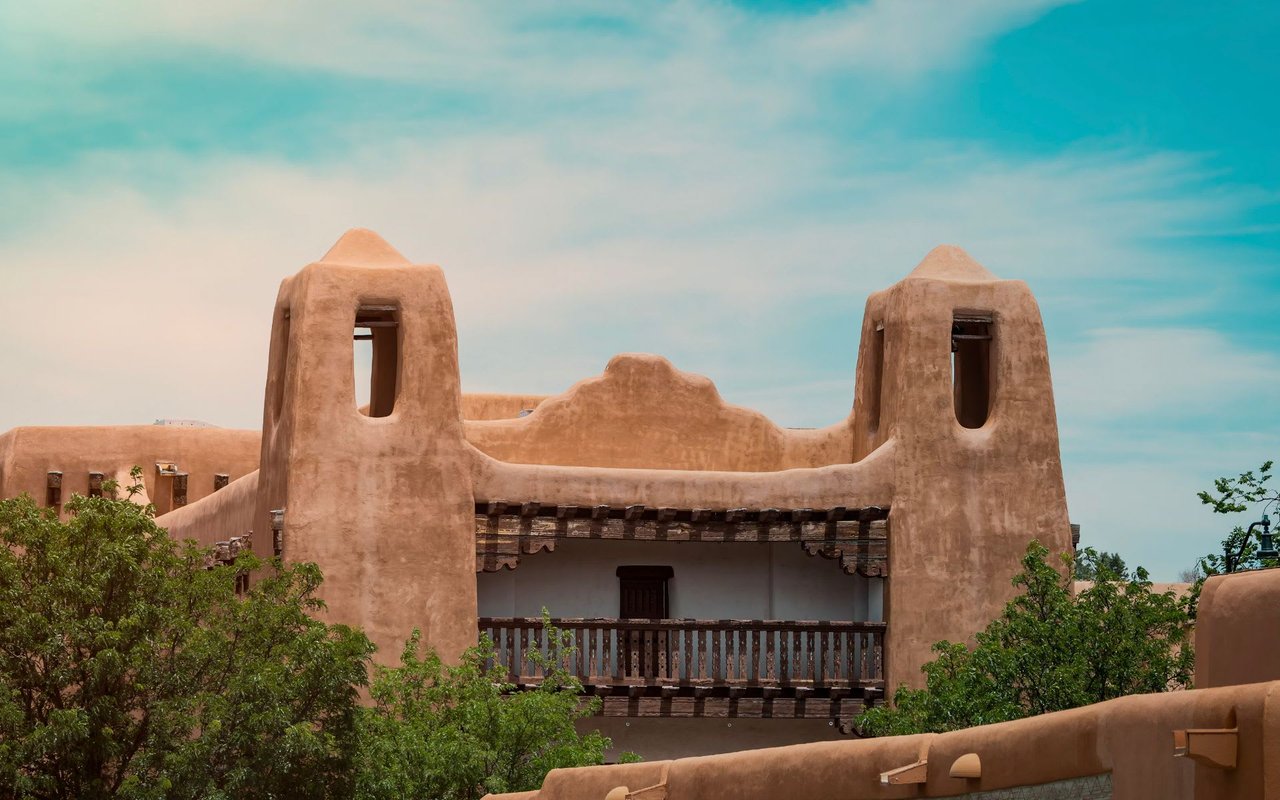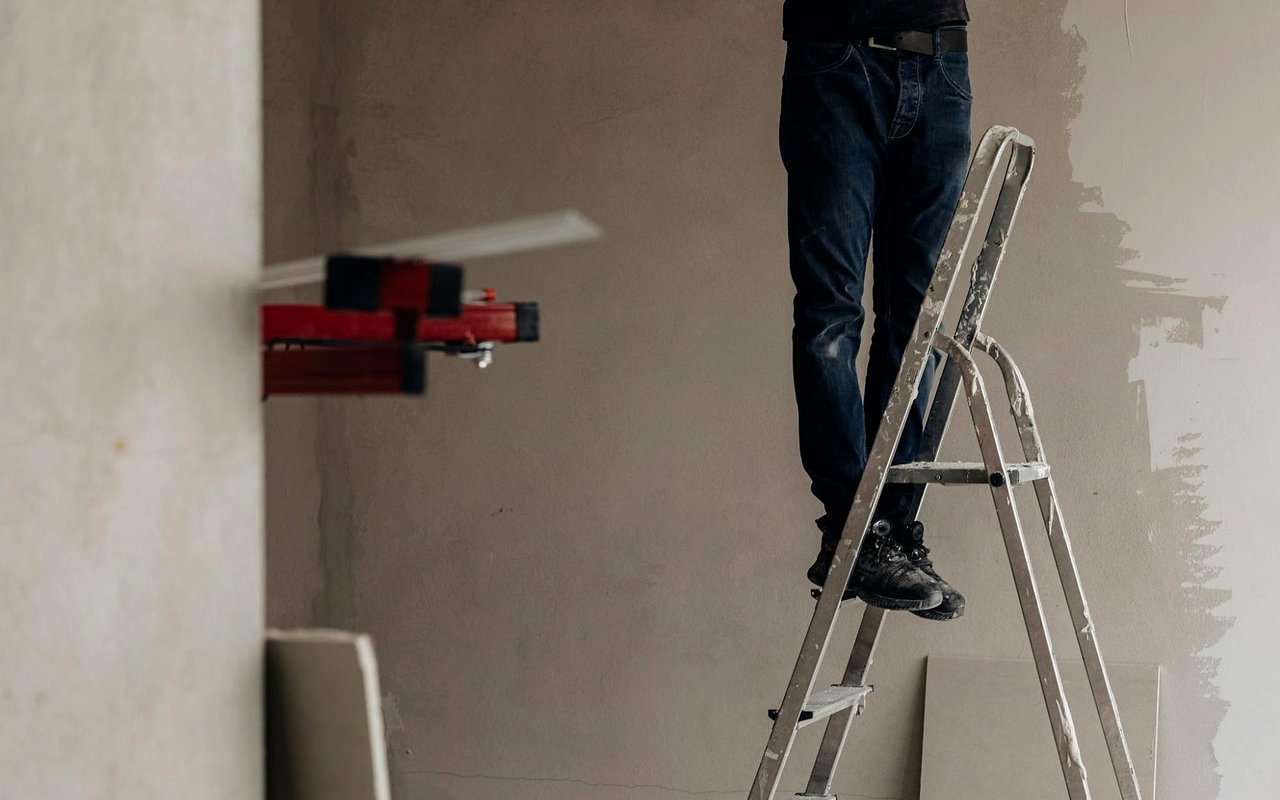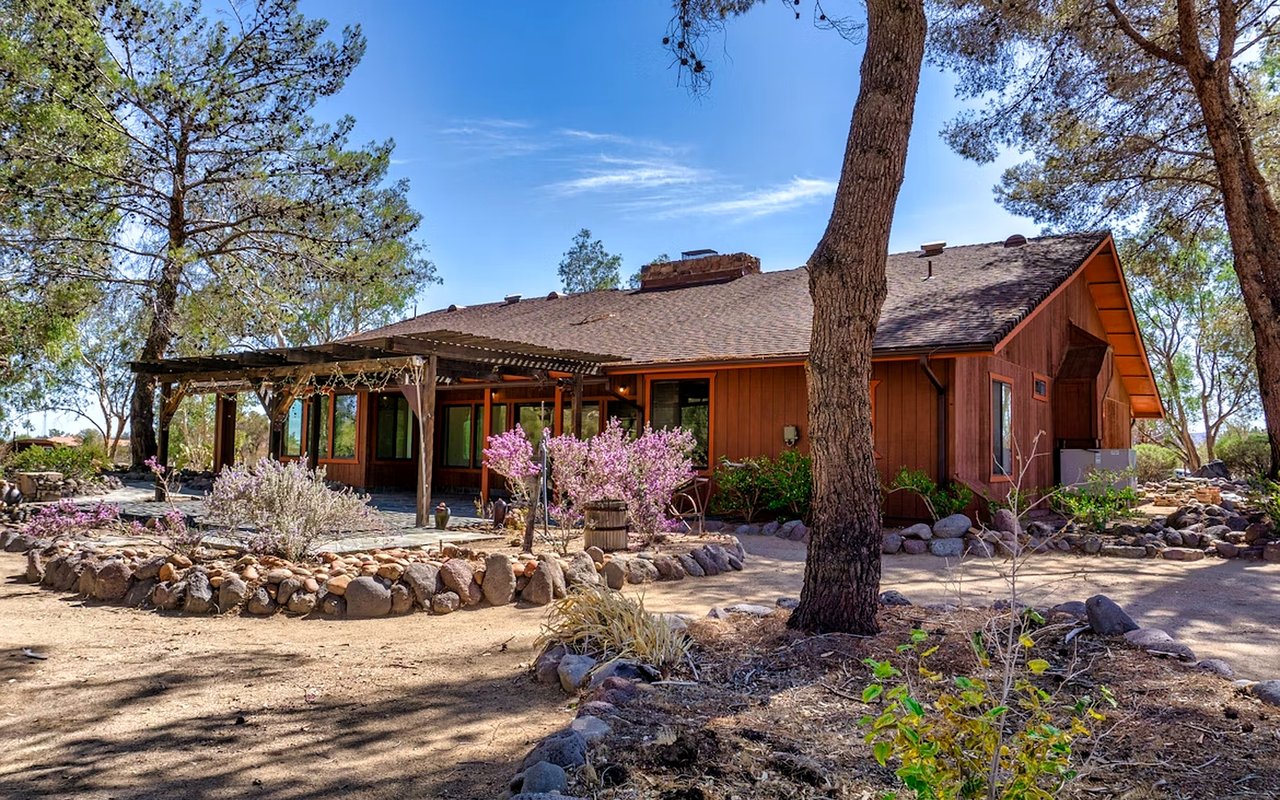Nestled in the high desert of northern New Mexico,
Santa Fe is a city renowned for its rich cultural heritage, vibrant arts scene, and distinctive architectural style. From adobe structures dating back centuries to contemporary designs influenced by the region's multicultural history, Santa Fe's architecture is as diverse and captivating as the landscapes that surround it. In this comprehensive guide, we explore the fascinating world of Santa Fe architecture, offering insight into its history, influences, and iconic landmarks.
A Blend of Tradition and Innovation: The Evolution of Santa Fe Architecture
Santa Fe's architectural landscape is a testament to the city's rich history and multicultural influences. The roots of Santa Fe's distinctive style can be traced back to its Native American and Spanish colonial heritage, which is reflected in the use of adobe construction, flat roofs, and earthy color palettes.
Over the centuries, Santa Fe's architecture has evolved to incorporate elements of Pueblo, Spanish Colonial, Territorial, and Pueblo Revival styles, resulting in a unique blend of tradition and innovation. From historic adobe homes in the historic district to modernist masterpieces in the foothills, Santa Fe's architectural diversity is a source of inspiration and wonder.
Exploring the Historic District: A Journey Through Time
At the heart of Santa Fe lies the Historic District, a UNESCO World Heritage Site and a living museum of adobe architecture. Here, visitors can wander along narrow streets lined with centuries-old adobe structures, each bearing the marks of its storied past.
One of the district's most iconic landmarks is the Palace of the Governors, a Spanish colonial-style building dating back to the early 17th century. Originally constructed as the seat of Spanish government in the region, the Palace now houses the New Mexico History Museum and stands as a symbol of Santa Fe's enduring legacy.
Other notable attractions in the Historic District include the Cathedral Basilica of St. Francis of Assisi, a stunning example of Romanesque Revival architecture, and the Loretto Chapel, renowned for its miraculous staircase and Gothic-inspired design.
Pueblo Revival: Honoring Native American Heritage
In the early 20th century, a resurgence of interest in Native American culture and architecture led to the emergence of the Pueblo Revival style in Santa Fe. Inspired by the traditional adobe dwellings of the region's Pueblo tribes, Pueblo Revival architecture sought to celebrate and honor Native American heritage while embracing modern design principles.
Prominent architects such as John Gaw Meem played a key role in popularizing the Pueblo Revival style, which became synonymous with Santa Fe's identity. Characterized by flat roofs, rounded edges, and exposed wooden beams known as vigas, Pueblo Revival homes and buildings can be found throughout the city, from historic adobe residences to contemporary commercial developments.
Contemporary Trends: Modernist Influences in Santa Fe Architecture
While Santa Fe is renowned for its historic adobe structures and Pueblo Revival homes, the city's architectural landscape also embraces contemporary design trends and influences. In recent years, a new generation of architects and designers has been pushing the boundaries of Santa Fe's architectural identity, blending modernist aesthetics with traditional materials and techniques.
From sleek, minimalist residences in the foothills to innovative commercial spaces in the city center, contemporary architecture in Santa Fe reflects the evolving tastes and lifestyles of its residents. Sustainable building practices, energy-efficient design, and a commitment to preserving the region's natural beauty are driving forces behind many of these modern developments, ensuring that Santa Fe's architectural legacy continues to thrive in the 21st century.
A Tapestry of Architectural Splendor
In Santa Fe, architecture is more than just buildings—it's a reflection of the city's rich cultural heritage, artistic spirit, and profound connection to the land. From historic adobe structures steeped in centuries of tradition to contemporary masterpieces that push the boundaries of design, Santa Fe's architectural landscape is a vibrant tapestry of creativity, innovation, and beauty.
Whether exploring the adobe-lined streets of the Historic District or marveling at the modernist marvels of the contemporary art scene, visitors to Santa Fe are sure to be captivated by the city's architectural splendor. With its unique blend of tradition and innovation, Santa Fe stands as a testament to the enduring power of architecture to inspire, uplift, and connect us to the world around us.
Ready to
discover your dream luxury home in Santa Fe? Work with
Robyn Tyra, a
seasoned Santa Fe real estate agent, who will guide you through the intricacies of the luxury market with expertise and personalized service. Robyn's deep understanding of the unique characteristics of Santa Fe's real estate landscape ensures you receive the highest level of service and insights. Whether you're searching for a contemporary mansion or a traditional Pueblo-style home, Robyn is committed to finding you the perfect property that meets your exact needs. Don't miss out on the opportunity to work with a professional who is as passionate about Santa Fe's homes as you are about living in one. Visit
Robyn Tyra's website today to start your journey towards luxury living in Santa Fe!








